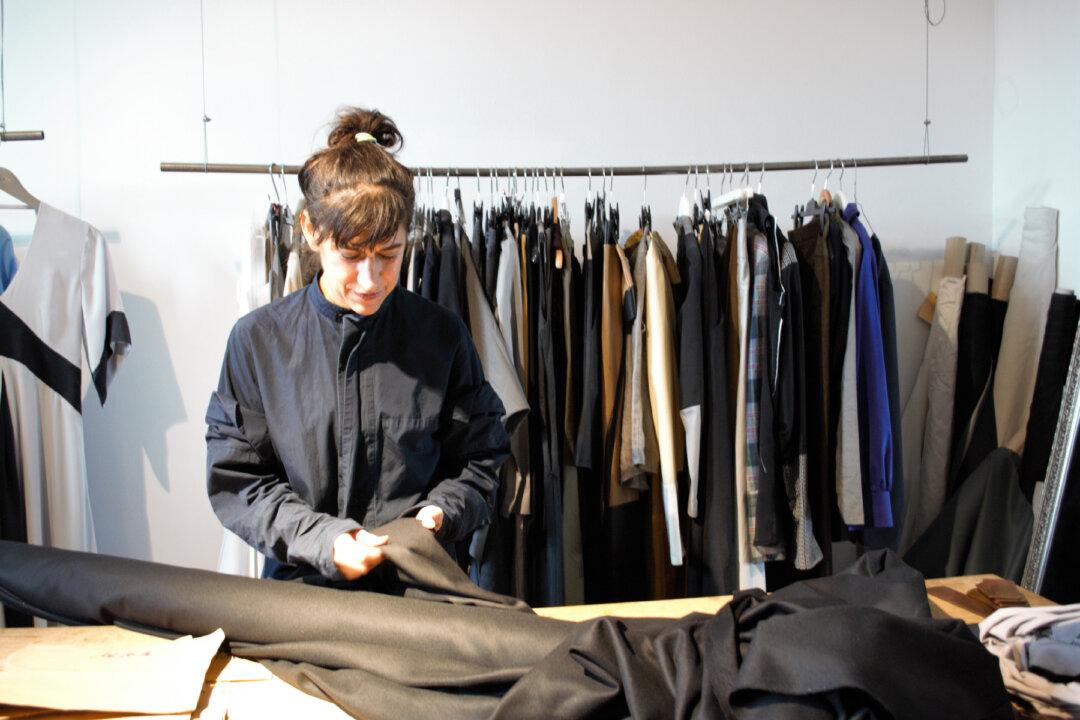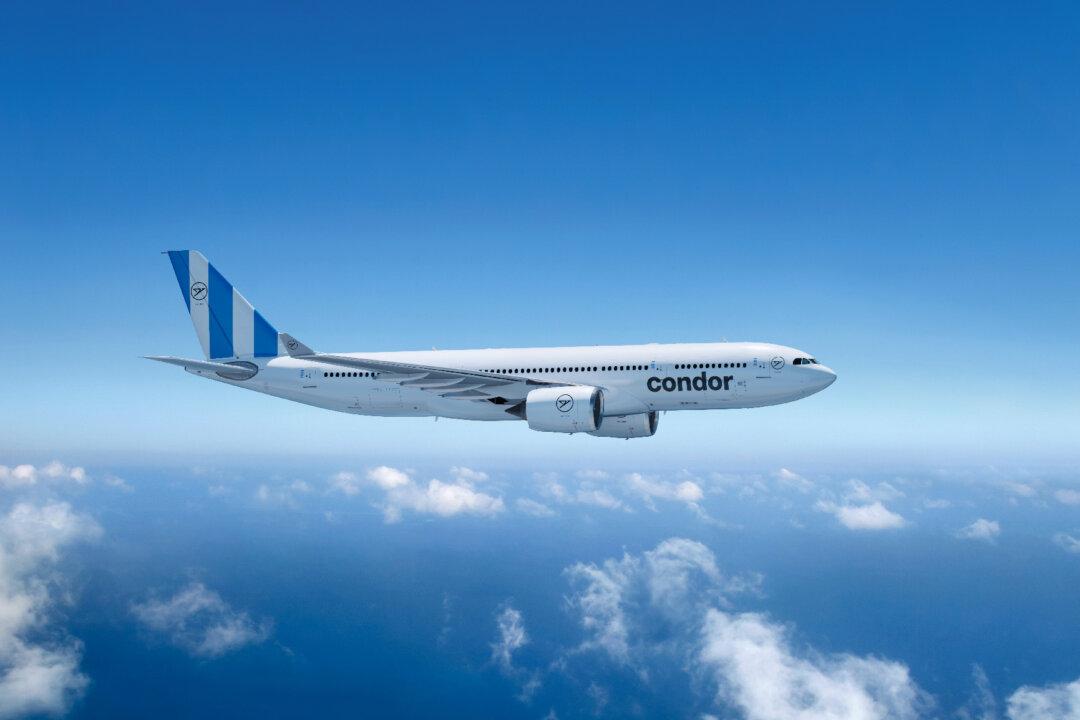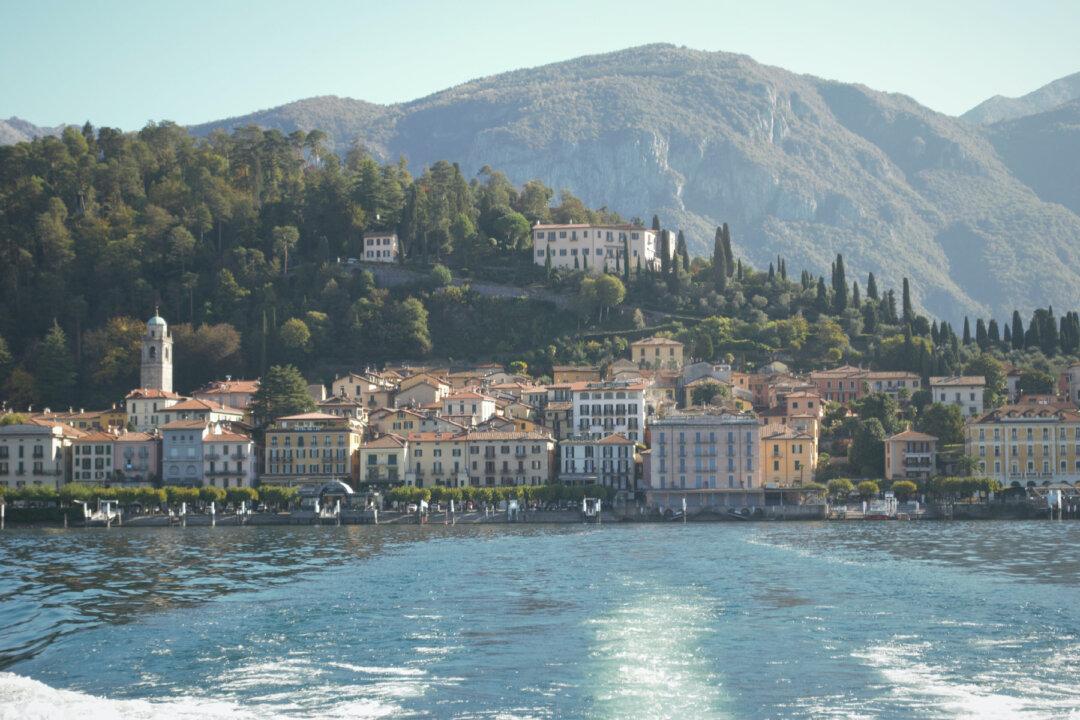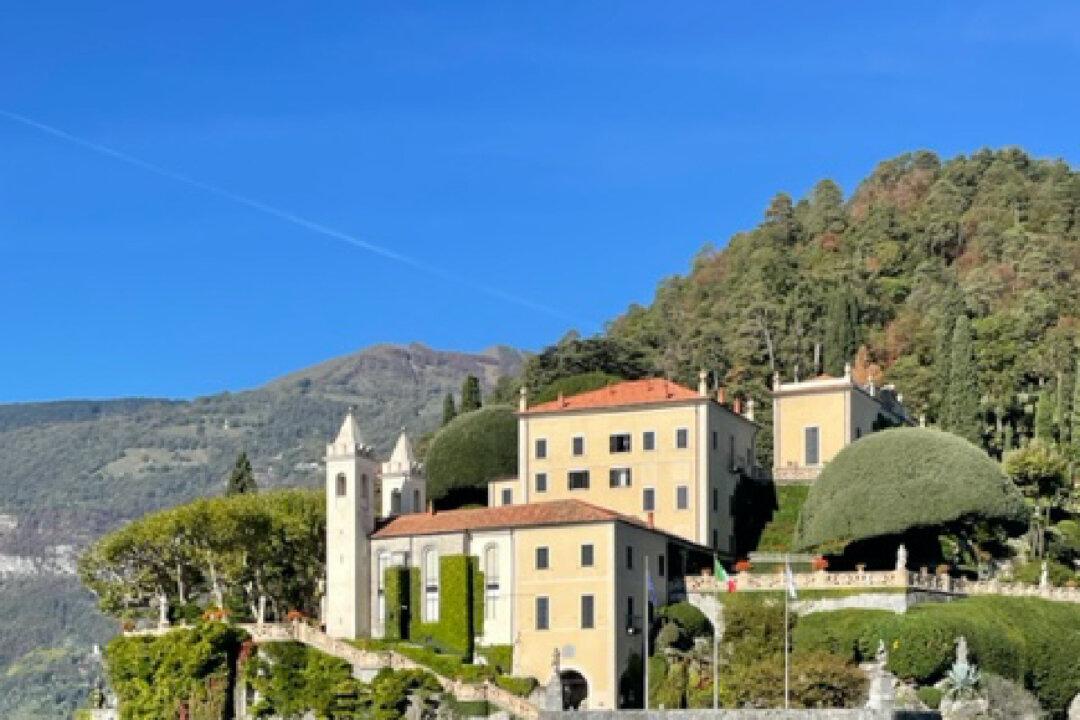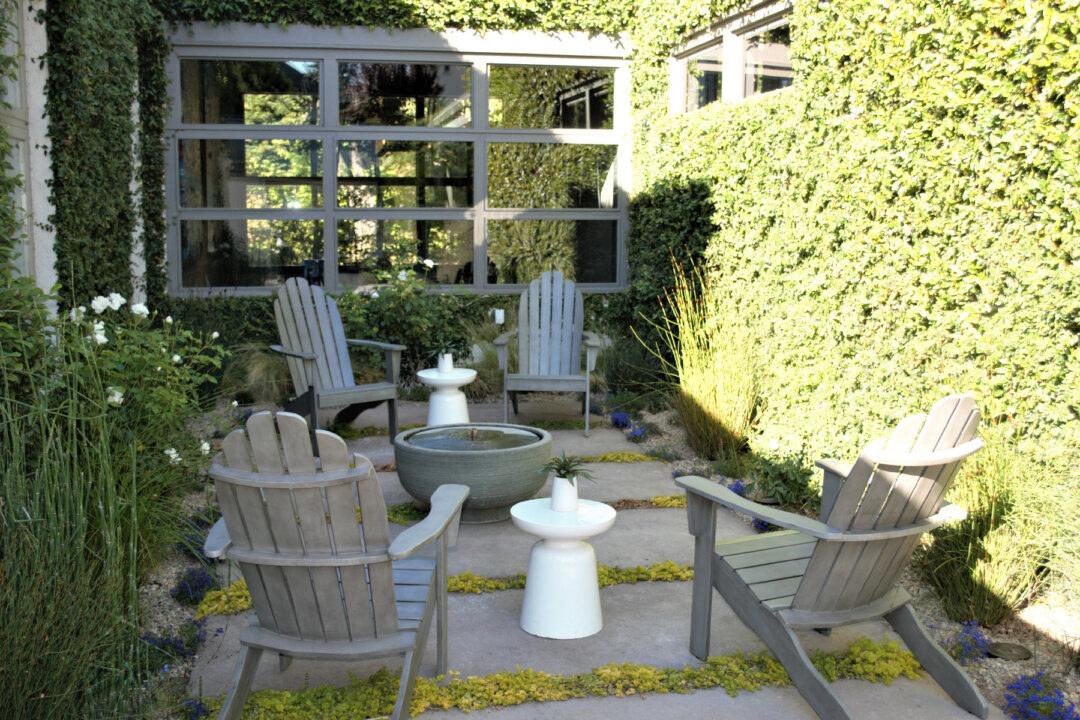The name rolls off the tongue with a poetic and memorable ring, the resonance tantalizing the ear like a beloved song. Dusseldorf, a little more than an hour’s train ride from Frankfurt, is world renowned and refreshingly faithful to art and fashion. Overlooking the vast Lower Rhine River in the heart of Germany, the city is brimming with energy and vitality with an elevated living standard and a five-star lifestyle, eminent among the best cities in Europe.
The creativity swirling through the city on the wings of fashion designers and students, ongoing fashion trade shows and fashion boutiques has taken hold in Dusseldorf, not unlike in the fashion cities of Milan, Rome, Paris and London. With four public and 10 private universities as well as Gallery Dusseldorf, Breuninger and the Fashion Design Institute—the dominant fashion school in Germany—the city has a distinctly youthful vibe.

